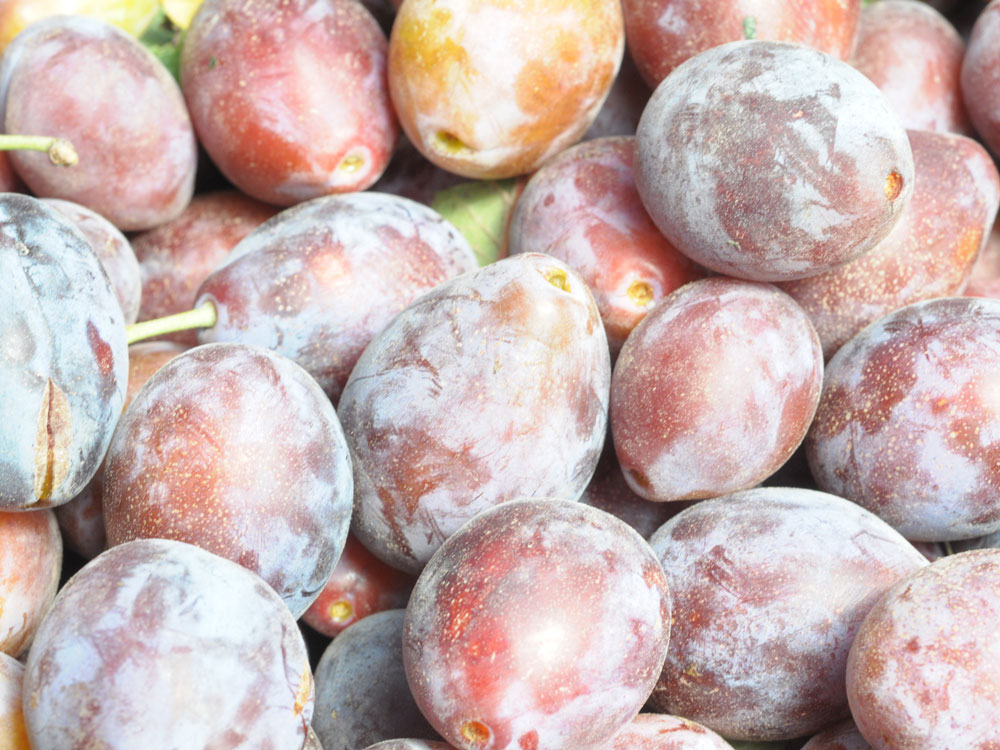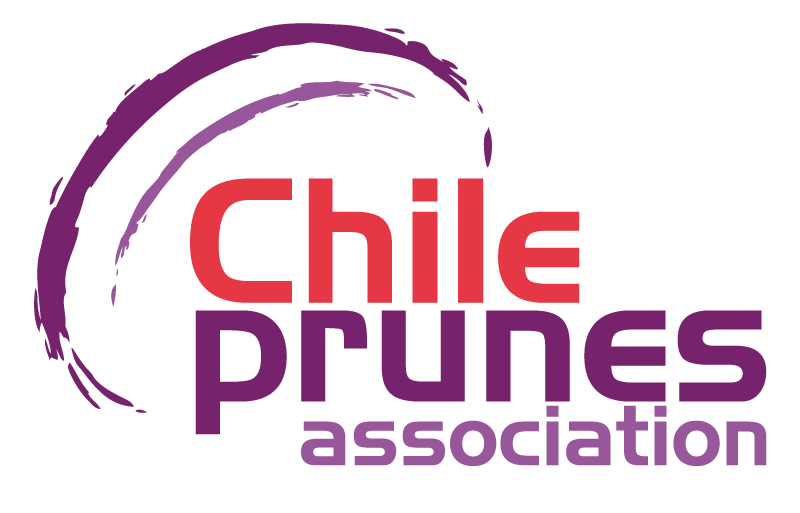With Pedro Acuña, Executive Director of Chileprunes, in charge of presenting the short-term action agenda. Each meeting of the Technical Committee is highly participatory and the activities, guided by the IICA team, seek to advance the purpose, objective, scope and themes of the standard.
The virtual sessions of the technical committee in charge of designing the standard have become increasingly interactive. With “workshop” type activities, promoted by Chileprunes and organized by IICA, they invite attendees to interact and vote using the playful technology of the Wooclap platform, a method that promotes a dynamic of instant feedback, facilitating the contributions and improvements proposed by its members.
The committee’s work flows actively in communication and exchange of opinions. Each item addressed is subject to voting and comments, which allows for the generation of new concepts and more precise definitions. This has been key in the improvement of fundamental aspects of the standard: purpose, objective, scope and associated topics have been refined and completed with the contribution of its participants.
In this context and with this dynamic, the design of the new Sustainability Standard for the Dried Plum Agroindustrial Sector is moving forward in order and in coherence with its planning agenda, but also with a strong component of articulation and active listening among its associates. In the words of Fernando Barrera, IICA extension specialist, “This is a consensual dialogue, to reach an agreement among all and thus build a satisfactory text.
Thus, in this dynamic of consensus, “improvement” has been replaced by “strengthening”; and the idea of “positive contribution, to minimize impact” has been added. The concept of “quality” has also been included and the term “sustainability” has been moved to the forefront of all definitions.
In the words of Gabino Reginato, Dean of the Faculty of Agronomic Sciences of the University of Chile and member of the technical committee; “the standard is not really a standard, that if you don’t pass it you are out; it is rather a path and a continuum of people who are always improving in sustainability (…) it is like the certifications in fresh fruit: people come, receive their certification and know that they can continue to improve”.
In order to gather opinions to enrich its content, a prioritization survey was conducted among 64 national and international stakeholders, and the most relevant topics were defined for the five dimensions of the standard: environmental, social, management, quality and ethics. Subsequently, thanks to a crossover between impact and relevance, the survey revealed the need to make the use of energy resources more efficient. The relationship with local communities was also highlighted as essential to ensure the sustainability of the companies in the sector.
Finally, in the execution of the benchmark, 16 international standards have been studied, which has made it possible to create a balance sheet with more than 2,000 good practices, actions and requirements, analyzed within the themes and dimensions already prioritized in the previous survey.
In the next stage of the design, advisory working committees will be formed by area to draw up a list of best practices adjusted to the national reality, consolidating the benchmark. Finally, a sectoral diagnosis will be provided and, during February, field trips will be made to visit agricultural companies in the O’Higgins Region.



